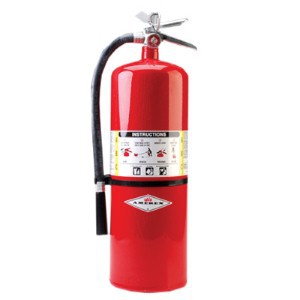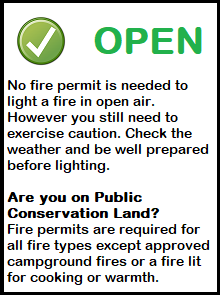Fire Safety Devices – Fire Extinguishers
 What type to use and how to use them
What type to use and how to use them
- Fire extinguishers should only be used in the following circumstances:
- When everyone has been evacuated and accounted for at a safe meeting place.
- When the fire service has been called.
- When it is safe to do so considering the size and location of the fire.
- Access to the fire is unrestricted and a safe retreat is possible at all times.
- Remember life is more important than property, don’t put yourself or others at risk.
- Only when everyone is outside and the fire service has been called, should you attempt to put the fire out, and only if it is contained and you can safely escape.
What type of fire extinguisher do I need?
Fire is divided into 6 classes. Note: This is a new classification – be aware that most extinguishers will be labelled with the old four classification.
Some extinguishers are more suitable than others for putting out the different classes of fire.
Note: Under the Ozone Layer Protection Act 1996, it is illegal to use or maintain Halon extinguishers.
Where should I install the fire extinguisher?
- Fire Extinguishers should be wall mounted above the normal reach of children, and in or near the kitchen.
- If it is in the kitchen, don’t put it to close to the stove or cooking surfaces.
- Ideally have another extinguisher in the garage and one in the car.
- Caravans should have one attached to the inside of the door.
- Boats should have one mounted in a protected area where it can be reached from the open deck.
Operating the extinguisher
- Always carefully read the instructions on the side of the extinguisher, and make everyone staying in the house aware of where it is and how to use it.
- Most extinguishers require a safety pin or clip to be removed before a trigger can be operated.
- Aim the extinguisher at the base of the fire, keeping yourself low, and work the extinguisher in a sweeping motion from left to right.
- Don’t start too close to the fire ( most extinguishers are designed to be operated from about 2 – 3 metres away).
Fire Extinguishers
| Preferred Choice Of Fire Extinguishers |
Alternative Choice Of Fire Extinguishers |
Comments | |
| House | Wet Chemical and ABE Dry PowderNZS 4503 Minimum Rating 1A:E Preferred Rating 1A:E:IF |
ABE Dry Powder and Fire Blanket |
|
| Garage | ABE Dry PowderNZS 4503 Minimum rating 2A:20B:E Preferred rating 2A:40B:E |
Foam |
|
| Car | ABE Dry Powder | Foam |
|
| Boat | Wet Chemical and ABE Dry Powder | ABE Dry Powder and Fire BlanketFoam |
|
| Caravan | Wet chemical and ABE Dry Powder | ABE Dry Powder and Fire Blanket |
|
information courtesy of Fire and Emergency New Zealand


 CHECK ITS ALRIGHT
CHECK ITS ALRIGHT